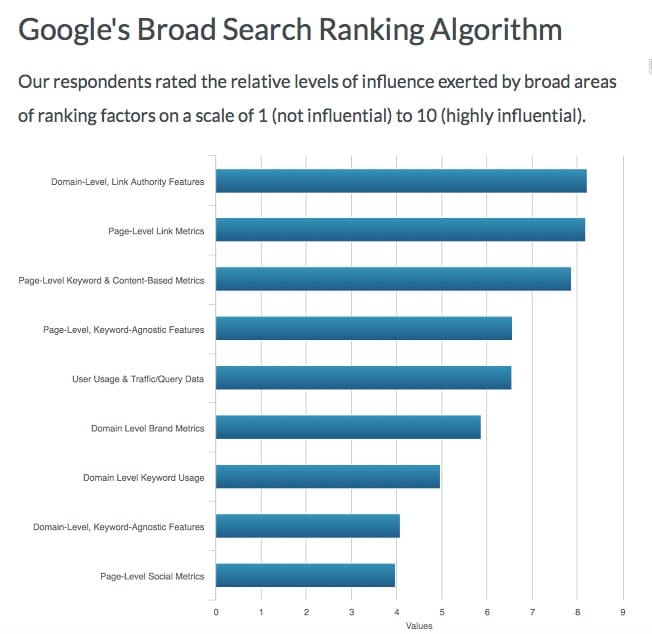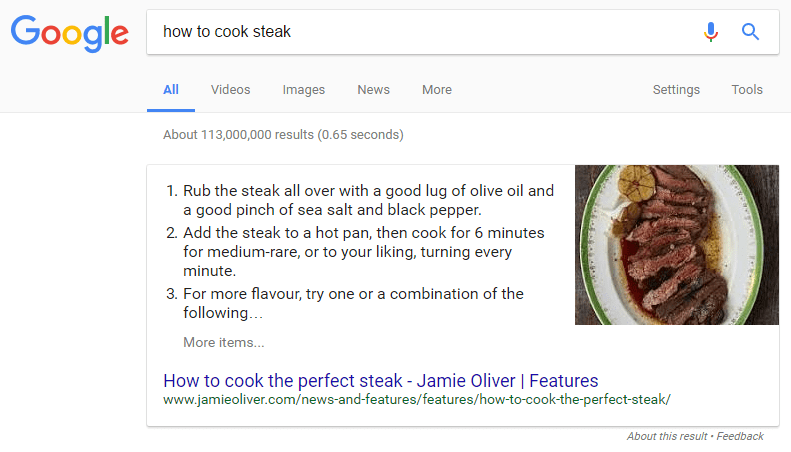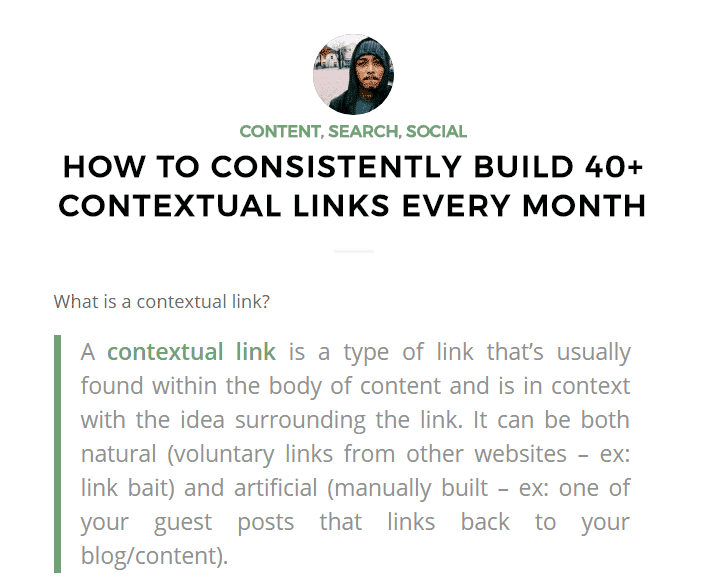Target Your SEO Copywriting
SEO copywriting was certainly a legitimate service in the days when keyword stuffing and density were factors to consider in making webpages more visible in organic search. Nevertheless, great content remained the core of successful digital marketing campaigns over the years.
You might think that the old approach to creating SEO articles is a thing of the past. But in reality, content that gets highly ranked on search engines is what many marketers are still aiming to achieve. The name of the game might have changed. The methodologies and approach may have tremendously evolved as well. But the goal still remains the same.
Target Multiple Keywords
Choose and focus on writing topics that will help you can target multiple keywords. Doing this ensures that your content will consistently drive traffic through search queries.
It’s common sense that your content must target a primary keyword. However, too many marketers forget to maximize their content’s potential by including and targeting secondary search terms especially long tails phrase. Doing this is often enough to optimize your contents ability to attract more organic traffic from a wide variety of search terms.

Imagine how much traffic you can get if you have dozens of pieces of content that each rank for hundreds of search queries.
You can use Google’s Keyword Planner to identify keyword variations that have substantial monthly search volume that you can target for your content.

For the best results in your Google snippets place your chosen key phrases in the key areas of your content:
- Title tag
- Meta description
- Header tags (H1, H2, etc.)

In the sample above, Kaiser the Sage built a piece of content for testing purposes that mainly aims to rank for the search term “SEO Philippines.”The topic itself is very broad and would probably be very dull. In order to produce something that can genuinely provide useful information to its intended audience, he incorporated specific modifiers such as:
- Consultants
- Experts
- Agencies/Companies
- Blogs
- Conferences
This made the content more vibrant in terms possessing utility and depth for information, thus made it more likely for search engines to rank the page for the primary keyword it is targeting and more likely also it’s other variations.
Improve Your Readability
Readability has a direct impact on your user engagement metrics. This is one of the most important areas that Google looks into in ranking webpages today. In the last Search Ranking Factors Survey by Moz, the reading level of web posts was recognized by several experts as a mid-tier ranking signal for page-level keyword-agnostic features.
Many things have changed in Google’s core algorithm over the past couple of years, and user experience is playing a much bigger role now.

Tips for improving your page’s readability for Google:
- Format your content for skim readers.
- Use short sentences.
- Use short paragraphs.
- Highlight the crucial content.
- Use headings, subheadings, bold texts, and whitespaces.
- Use your active voice.
- Use transition words to better direct readers.
Make certain to clean out the spelling and grammatical errors. You can also use tools such as Microsoft Word’s spelling/grammar checker or Grammarly to make your content foolproof. Check out this visual guide by Bid4Papers which could be of interest if you’re not an experienced writer.
Understand Your Words and Term Relationships
As I mentioned earlier, Google has become smarter in processing and matching queries with relevant webpages. Using Latent Semantic Indexing, search engines are able to understand words and term relationships. This skill has evolved and matured over the past decade.
What does that mean for marketers? It’s vital to include more search related terms in your writing.
- Mention popular brands or personalities in your text.
- Use synonyms or other close variants, rather than overusing your primary keyword within your content.
- Include terms used by competing pages ranking for your target search query.
Format Your Content for Featured Snippets
An important tool that you can use to find your keyword featured snippetsis the Google Answer Box. When you enter any term Google provides you with the related terms that are trending. Include content sections that can directly answer question-based queries such as “how to,” “what is” and “list of” queries.
Use your imagination and you will quickly learn the terms you need to use.

Google has different elements in play for this specific search listing. What’s important is to ensure that your content is well-formatted and prepared to adapt to these sets of queries. Based on many experts’ observations, below are some of the key signals Google uses to determine which pages rank first:
- Provide the most logical and accurate answers to these types of queries.
- Number and quality of links pointing to the page.
- Engagement metrics matter (SERP CTR and time to long-click).
How to format and optimize your content for Google Answer Box:
- Include a section that states the question in a header (h2, h3, or h4).
- Provide a concise and direct answer or list of answers to the targeted query.
- Make sure that users and search crawlers will easily find this section.


Use Unexpected Hooks
According to last year’s internet statistics report, there are 2.7 million blog posts being published every day. With content saturation in almost every vertical, it has become more of a challenge for actual readers to find something uniquely valuable over the web these days. That’s why offering ideas or information that people will rarely find elsewhere is so important in this age of content.
The goal should always be to give your readers the thing they’d least expect to find in your content. This could be an element within your content that’s surprisingly practical, actionable, useful, or just plainly original.
I have been practicing this approach to writing ever since I started blogging back in 2010. I focus on incorporating the following aspects to make sure my own content will provide unique value (or perspective):
- Personal Experiences
- Your own case studies
- Surveys
- Combining and connecting other publishers’ ideas (and stats) to create your own
Aim to Convert
Every bit of content you create must have its own goal and serve a purpose. Most of the time, we build content to get our sites ranked for our campaign’s target keywords. We often forget what to do with the traffic we get from these efforts, such as:
- Attracting business leads, through exemplifying the brand’s expertise.
- Building relationships with other publishers and influencers, through citing their works.
- Strengthening readership and building your social following base, through consistent efforts to educate your target market.
It goes beyond that, too, because content ties together everything in the digital marketing realm.
Guiding principles to improve your content’s ability to convert visitors:
- Help readers actually solve their problems.
- Inspire and encourage readers to take action (include worksheets on your guides, printable checklists, provide relevant CTAs, etc.).
- Aim to educate—it’s the best way to influence people, and it’s certainly the best way to sell.
Include Stats and Quotes from Credible Sources
Linking out, especially to highly authoritative sources or websites, is another factor that both users and Google use. Doing so helps to assess if the information provided by a piece of content is accurate.
It’s also essential for search algorithms, this allows them to better understand relationships and associations among topics and web entities. The topical relevance of the linked sources can also improve your content’s relevance score to their target keywords.
Lastly, citing other people’s works opens up opportunities for networking and Collaboration, especially when you write great content. Most of all, it’s one of the best reasons you can have to engage and build rapport with influencers and thought leaders in your industry. This can boost your content elaboration efforts.

Recent Comments